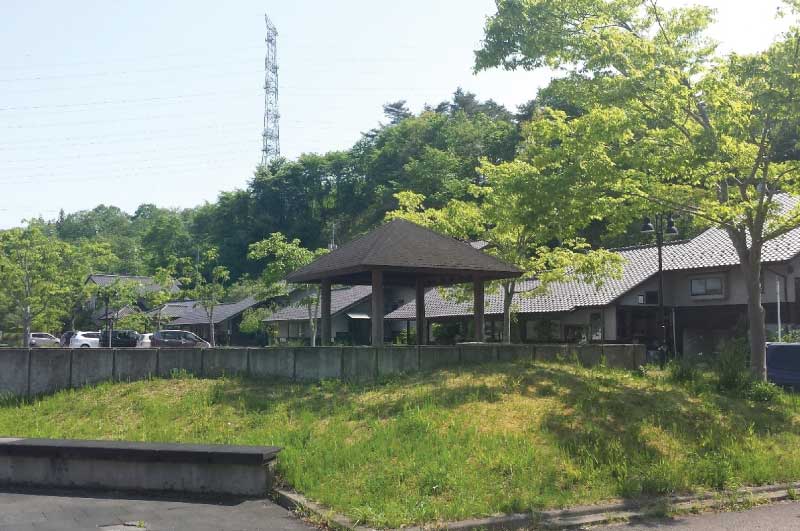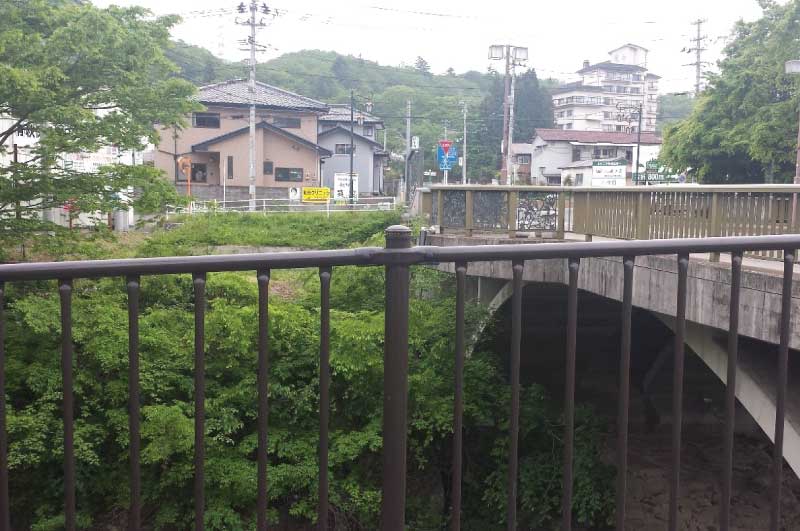|
By Malina, Preserve WV AmeriCorps In my last post I explained how I, a newly minted PAWV Preserve WV AmeriCorps member, was able to travel to Japan to interview a woodworker about his life, his craft, and his American friend, Janell Landis. As I knew very little Japanese going in, and my project partner, Paula, is a historian of Japan and has studied the language for nearly eight years, I decided to let her do the talking and relegated myself to equipment duty and appreciative observer of the sites. Skipping over the nitty-gritty travel details, I will say only that my first, and most lasting, impression of Japan was how clean everything was. On the train ride north from Tokyo it was nearly impossible to distinguish the old buildings from the new, not just because of a combination of government-led housing construction and modernist concrete architectural design, but because there was no trace of dirt on building walls from pollution and many structures seemed freshly painted—it was all so clean. Walking around the city of Sendai, and later Akiu, I remarked to my personal translator and cultural guide, Paula, that there was so little litter. And she replied that it always amazed her that, despite the fact that there are very few public garbage cans, littering is very frowned upon in Japanese society. People just carry their trash with them over the course of the day and throw it away at home or work. This was by far the most noticeable difference to me in terms of urban spaces, which I have spent a lot of time thinking about since my tenure at Main Street Fairmont. The mountains of the Tohoku region where Sendai sits are surprisingly reminiscent of Appalachia. We were fortunate to come at a time of the year when everything was green and the weather was sunny and mild. As is evident above, I found the built environment of Japan to be fascinating, especially the small town of Akiu which had, in addition to the traditional Japanese inn where we stayed, several high-rise apartment buildings in a town of roughly four concentrated blocks. However, architecture was not the cultural resource we had come to document.
Oral History is an energy-intensive process for interviewer and subject. We interviewed Hiroi-sensei for a total of 6 hours over two days. The rest of the time we spent at his home was taken up by exploring the work on sale in his shop, touring the other shops nearby, and meeting some of the people in Akiu who spend their time helping to preserve the artisan traditions of Japan. Hiroi-sensei lives in a planned neighborhood specially designed to house artisan masters and help them sell their art for a living. Each artisan lives in a small house with an adjoining shop. Other kinds of traditional Japanese artisans live and work in this ‘craft village’ as well. We were able to patronize two kokeshi doll makers, a woodworker, a furniture maker, a fabric artist, and others. The village also included an information center with some of the artisans’ work on display and free tea and coffee for visitors. On our last day at the Akiu Craft Park we were able to sit down and talk with a young couple who volunteer their time at the information center and manage the Akiu Craft Park Facebook page. The young man, Takahashi-san, works at the local TV station and produced several short documentaries about the artisans in Akiu, including Hiroi-sensei. These young people are working consciously to promote Akiu, Sendai, and the larger Tohoku region as a viable tourist destination for Japanese people. The Japanese economy is significantly boosted by domestic tourism, but since the Tohoku earthquake and tsunami that hit Sendai in 2011, many Japanese people have been avoiding travel to the region. By educating the public on the availability of traditional crafts in Akiu, the community there hopes to foster an atmosphere of preservation. In his own way, Hiroi-sensei is also a preservationist, his family has passed down the particular way of making edo-goma, and he is passing it down to apprentices, like Janell and the two young people he is currently teaching, Maida-san and Misa-san. His process and materials are the same as those his father used and therefore, that process and the artworks he creates can be a similar window into history as any historical work of art or architecture. His process is interpretation while at the same time his art can be interpreted: though not historical themselves, they are artifacts ofhistory. We hope that, through our own efforts and those of Takahashi-san and others like him, traditional artisans like Hiroi-sensei and his neighbors will continue to practice their work and enrich Japanese culture for generations to come. Comments are closed.
|
News and NotesCategories
All
Archives
May 2024
Subscribe to our mailing list to receive e-news updates on historic preservation news and events in West Virginia.
|
Get Involved |
Programs |
Contact UsPreservation Alliance of West Virginia
421 Davis Avenue, #4 | Elkins, WV 26241 Email: [email protected] Phone: 304-345-6005 |
Organizational Partners:
© COPYRIGHT 2022 - PRESERVATION ALLIANCE OF WEST VIRGINIA. ALL RIGHTS RESERVED.



 RSS Feed
RSS Feed



